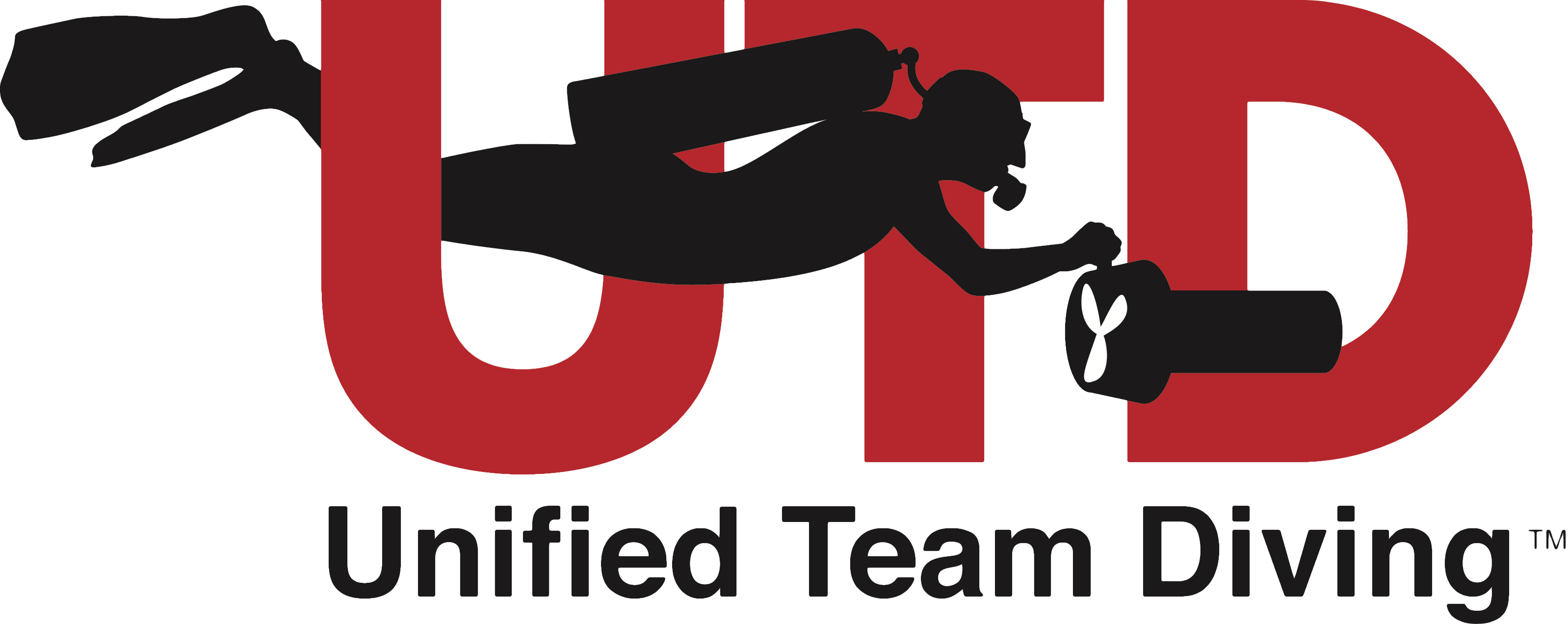
The Internal Revenue Service (IRS) allows businesses and individuals to deduct certain qualified expenses, thereby lowering their taxable income and their ultimate tax liability. This tax-efficient investment method is used particularly by high-net-worth individuals and corporations that face steep tax rates. A tax shield refers to an allowable deduction on taxable income, which leads to a reduction in taxes owed to the government. Such allowable deductions include mortgage interest, charitable donations, medical expenses, amortization, and depreciation.
Download CFI’s Free Tax Shield Example Template

A tax shield is a legal way to reduce your tax liability through various means, including charitable donations, a mortgage, and depreciation. For example, a business is deciding whether to lease a building or buy the building. Taking on a mortgage for the purchase of a building would create a tax shield because mortgage interest is deductible what is a depreciation tax shield to a business. If the business puts the tax shield benefit from the mortgage into the decision, the tax benefit of a mortgage might make the decision easier. A mortgage is a classic tax shield for both individuals and businesses. Note that it’s not the amount of the mortgage payment that’s deductible; it’s the interest expense.
Tax Shield: Definition, Formula For Calculation, And Example
Keep reading to learn all about a tax shield, how to calculate it depending on your effective tax rate, and a few examples. When a business saves money on taxes directly from paying interest on debt, this is referred to as an interest tax shield. In light of this, the debt is subsidized by tax shielding of interest. Suppose the company has an interest expense of $7 million and a 25% effective tax rate. The easiest calculation is to take the amount of the deduction for the year and multiply it by the tax rate of the person or business. For example, if you had medical expenses of $15,000 and your income was $50,000, you could deduct the expense, and you would be taxed on only $35,000 of your income.
Benefits
The payment of the interest expense is going to ultimately lower the taxable income and the total amount of taxes that are actually due. The good news is that calculating a tax shield can be fairly straightforward to do as long as you have the right information. You will need to know your individual tax rate as well as the amount of all your tax-deductible expenses. A person buys a house with a mortgage and pays interest on that mortgage. That interest is tax deductible, which is offset against the person’s taxable income. Tax shields allow for taxpayers to make deductions to their taxable income, which reduces their taxable income.
Is Tax Shield the Same As Tax Savings?
The formula for tax shields is very simple, and it is calculated by first adding the different tax-deductible expenses and then multiplying the result by the tax rate. Understanding the concept of a tax shield can have a significant impact on your financial decision-making. It’s important to consult with a tax professional or financial advisor to understand the specific tax provisions applicable to your situation and optimize the use of tax shields effectively. By doing so, you can make informed financial decisions and potentially better secure your financial future. This is where corporations in early years, use a number of depreciation methods to lower taxes. Corporations do this so that they can be able to maximize depreciation expense on their tax filings, given that depreciation expense is tax-deductible.
How are Tax Shields Strategically Used?
Interest expenses are, as opposed to dividends and capital gains, tax-deductible. These are the tax benefits derived from the creative structuring of a financial arrangement. The tax shield on interest is positive when earnings before interest and taxes, i.e., EBIT, exceed the interest payment.
Such depreciation methods may include sum-of-years-digits and double-declining balance. Since depreciation methods on total expense are the same over an assets lifetime, businesses would benefit when they remove the tax expense. This then means that the businesses will be able to a great value of money. An interest tax shield is a tool companies use to decrease income taxes made available due to the tax-deductible nature of interest payments. This particular tax shield protects the interest payments rather than the interest income, as they are deductible expenses for most companies.
- Taking on a mortgage for the purchase of a building would create a tax shield because mortgage interest is deductible to a business.
- To increase cash flows and to further increase the value of a business, tax shields are used.
- By comparing the above two options calculated, we concluded that the present value in the case of buying by taking a tax shield is lower than the lease option.
- This, in turn, makes debt funding much cheaper since interest expenses on debt are tax-deductible.
Therefore, expenses related to interest play the role of a shield against tax obligations. In other words, the tax shield protects part of the taxpayers income from being taxed. The tax shield benefits are determined by the overall tax rate as well as cash flow for a specific tax year. As the name suggests, tax shields protect taxpayers from paying taxes on their full income.
The lower the taxable income, the lower the amount of taxes owed to the government, hence, tax savings for the taxpayer. Since depreciation expense is tax-deductible, companies generally prefer to maximize depreciation expenses as quickly as they can on their tax filings. Corporations can use a variety of different depreciation methods such as double declining balance and sum-of-years-digits to lower taxes in the early years. Given that the interest generated from debt is tax-deductible, it makes debt servicing easier for businesses.

